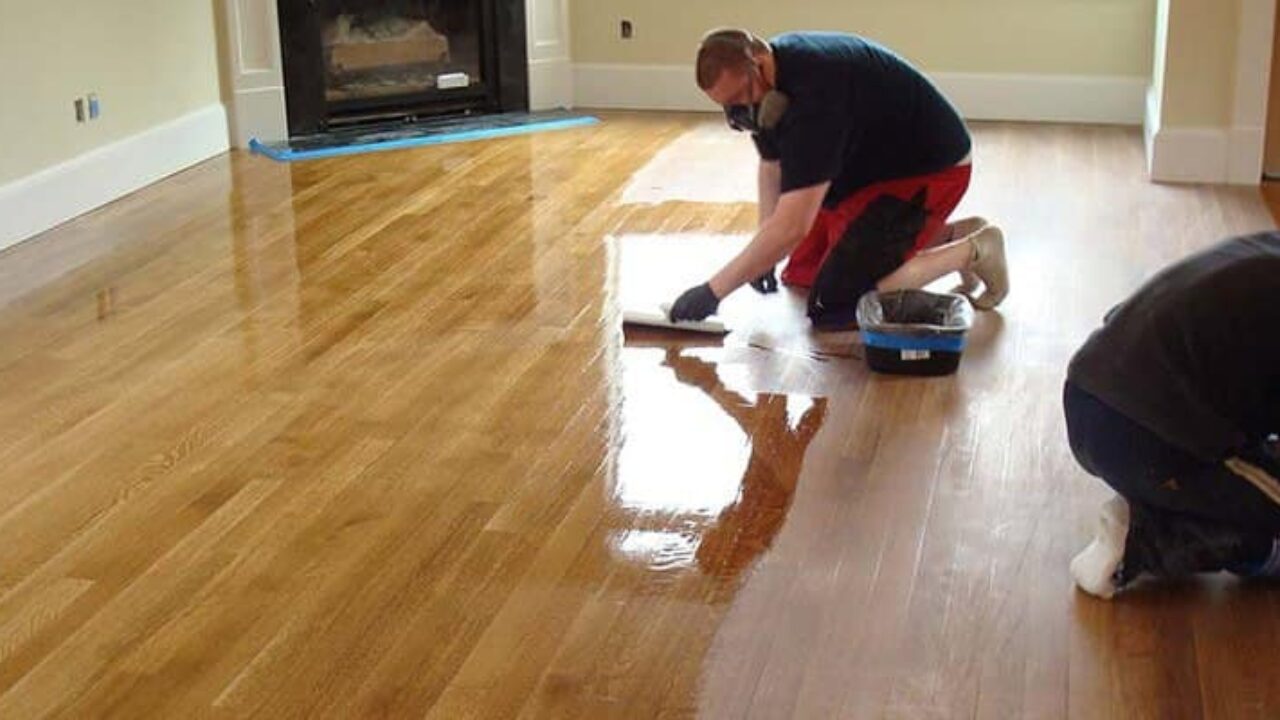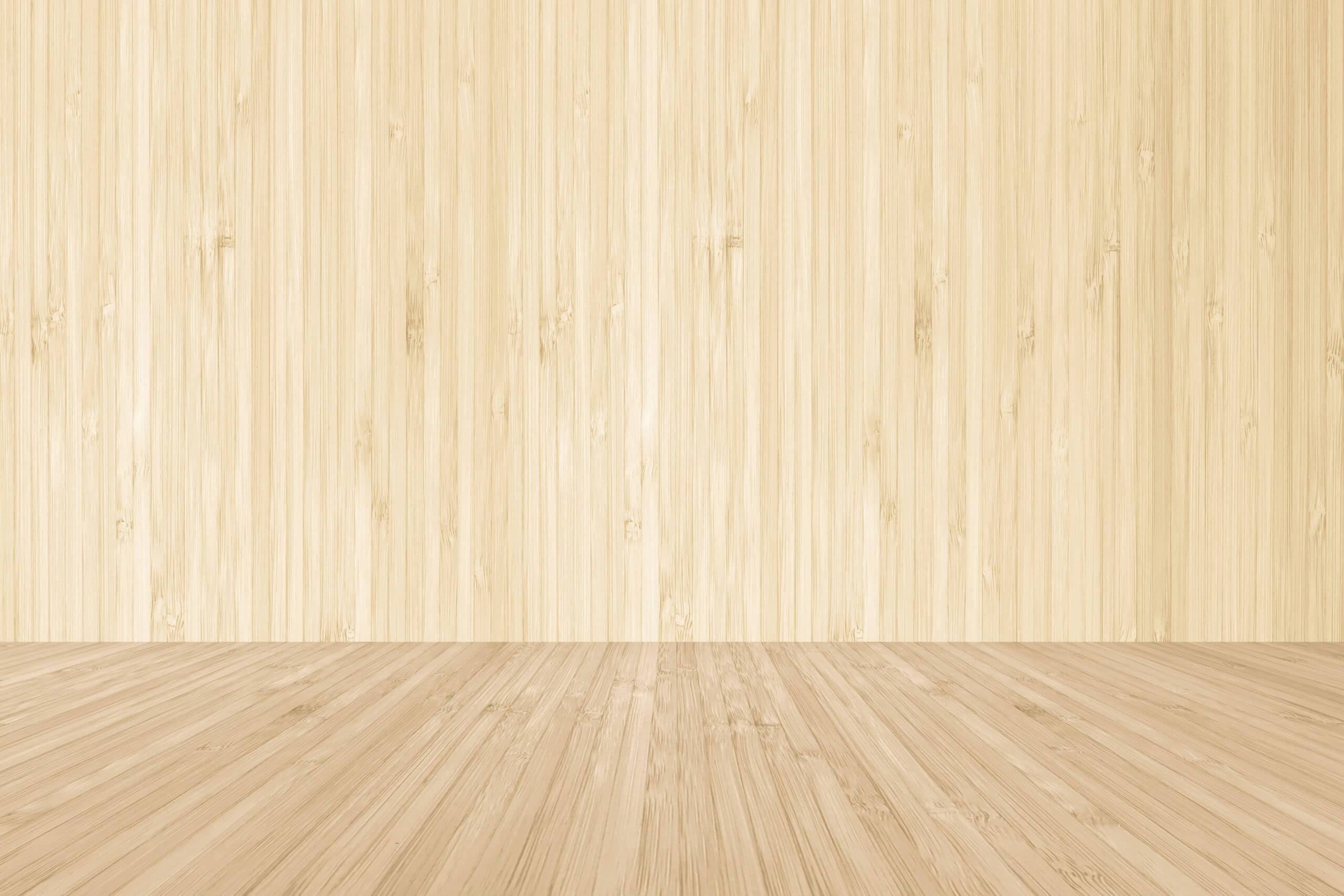Ultimate Guide to Bamboo Flooring
Ultimate Guide to Bamboo Flooring
Blog Article
The publisher is making a number of good annotation related to Bamboo Flooring overall in the content following next.
Bamboo flooring is well-known for several house owners due to its benefits. It has become the significant choiced floor for service and also home owners whenever there is need for sustainability.
Nonetheless, bamboo just like wood, is at risk to dents and breaking when humidity levels vary.
Are you thinking regarding bamboo flooring for your home? We will additionally talk about the various types of bamboo flooring offered on the market.
Types of Bamboo Flooring
There are three standard options: strand-woven, upright, and horizontal. Home owners can choose which kind of bamboo flooring to get based upon their traits. Likewise, the purchaser's desired visual impacts the selected Bamboo flooring kind.
Engineered Bamboo Flooring
Both strong and also crafted bamboo flooring options are available. When the bamboo timber fits, it isn't very easy to compare them.
Their distinctions are due to their production. Engineered bamboo timber has a thin plywood support.
Whether crafted or strong, bamboo flooring is tough, resilient, and attractive.
Engineered bamboo flooring uses the floating timber flooring over a slim foam base. They might likewise be in the kind of vast slabs. They are available in sizes up to 19 centimeters.
Solid - Horizontal Bamboo Flooring
You will certainly observe that this kind is virtually the like vertical bamboo flooring. Yet it has a minor variation. Horizontal bamboo is one of one of the most popular sorts of bamboo flooring.
It is made by drying big strips of bamboo, cutting these bigger pieces right into thinner strips, and then gluing them to create planks. The boards will certainly then go through stress as well as warmth to ensure they are well secured.
Natural bamboo has a lighter shade. Thus, the strips are usually stained. While carbonized bamboo will certainly be much less hard than routine bamboo, if you require a darker shade, it may do you great. It additionally offers the natural bamboo looks as well as a range of options.
Strand Woven Bamboo Flooring
Shredding the bamboo to remove the fibers is among the much more tempting action in producing strand-woven bamboo floorings.
The bamboo fiber is commonly blended with a sticky after it's made to a pulp. The material is then weaved and also pressed together under terrific warmth, as the name suggests.
After making vertical as well as straight bamboo, the strips serve to produce hair woven bamboo. The eco-conscious buyer may discover this attribute appealing. The reason is that it makes sure that the whole bamboo stalk generates very little waste.
Solid - Vertical Bamboo Flooring
Slim strips of completely dry bamboo wood glued vertically as well as pushed making use of high warmth and also stress create this type of bamboo flooring.
The thinnest side of the bamboo planks will remain in an upright kind. After that, a firm bonding, pressing, and lamination will adhere to. Due to their method of signing up with, the bamboo strips include a slim grain pattern.
The advantage about this type of bamboo flooring is that it is sturdy and very budget-friendly. It gives a stylish and elegant flooring finish. But it is not widely readily available.
Attributes And What to Bear in mind When Picking Bamboo Flooring
With a multi-layered layer, bamboo flooring will certainly be pretty durable. Yet keep in mind that future touch-ups may require a much more skilled flooring specialist.
Using your finish will certainly make matching repair services simpler once established up in your residence. The surface will certainly not last as long as factory coatings.
Besides that, here are some interesting attributes of bamboo flooring.
Eco-Conscious
This flooring comes from an all-natural plant called the bamboo plant. When contrasted to various other tree types utilized to make hardwood flooring, bamboo grows more as well as faster.
Low-cost Maintenance
You can maintain bamboo flooring in good condition by cleansing as well as damp wiping. So in spite of being much more prone to scratches, bamboo flooring is extremely simple to preserve.
You might get bamboo floorings that are like new by sanding them down and also using a fresh layer of paint.
Long lasting
Bamboo flooring is not created equivalent. There are lots of kinds of bamboo, and the different approaches used to turn it into planks affect its durability.
Therefore, bamboo, like wood flooring, can end up being prone to deterioration in time. Likewise, scraping, splitting, and also various other damage might take place. You can also sand some bamboo to resemble wood, but not all.
Bottom Line
It's straightforward to know why bamboo flooring has actually come to be a lot more popular nowadays. For virtually any kind of house, bamboo uses many solid as well as audio remedies for the setting. For that reason, bamboo floor might be the best option for upgrading your flooring.
We will certainly likewise discuss the various types of bamboo flooring readily available on the market. House owners can choose which kind of bamboo flooring to buy based on their attributes. Straight bamboo is one of the most popular types of bamboo flooring.
While carbonized bamboo will certainly be less difficult than normal bamboo, if you need a darker shade, it may do you great. After making vertical as well as straight bamboo, the strips serve to produce hair woven bamboo.
Bamboo Flooring
Manufacture of Bamboo Flooring
Stranded bamboo is made by shredding the bamboo stalks into small strands, which are compressed into sheets using heat and resin binders, then cut into planks to use as building materials. This form of flooring is available both as tongue-and-groove planks that are nailed down, as well as planks that float over the underlayment. This is a premium form of bamboo flooring, available in many colors.
Horizontal bamboo flooring is manufactured by cutting the strands into thin strips which are then glued together to form planks. This type of flooring has a "grain," since the long stalk fibers are visible in the flooring. This type of bamboo is not as hard or durable as stranded bamboo, but it can have a very striking appearance. It, too, is available both in nail-down planks and as floating floor planks.
Engineered bamboo flooring is made by bonding a thin layer of bamboo onto a plywood or MDF core. This flooring is comparable to engineered hardwood and is installed in the same way—usually with click-lock planks that float over a foam underlayment. It is the least expensive (and least durable) form of bamboo flooring, and it cannot be refinished.
Unless it is stained, most bamboo flooring has a natural blonde or amber color that resembles unfinished maple or birch, but darker tones are available through a process called carbonizing, which entails subjecting the planks to high temperatures. While the color can be very attractive, carbonized bamboo is softer than uncarbonized forms, and is more susceptible to scratching.
Eco-Friendliness
Environmentally conscious consumers are often drawn to bamboo as a wholly renewable resource. Unlike the hardwood lumber industry, where trees can take decades to mature, bamboo stalks grow so fast that there is little environmental liability to the harvest practices. Moreover, bamboo stalks that are cut simply continue to grow and replenish themselves so that they can be harvested.
But the manufacturing process creates other environmental concerns. Bamboo floor planks are manufactured by slicing or shredding the stalks of bamboo grass plants and then compressing the pulp back together using heat, pressure, and a resin-based adhesive identical to those used in many other flooring products. This adhesive often contains urea-formaldehyde that can outgas into the air.1
The level of adhesive used and the amount of toxins emitted will vary, depending on how the bamboo planks are manufactured. Cheaper products may contain more formaldehyde, while more expensive products may use alternative materials in the resins. The amount of formaldehyde used in bamboo flooring is similar to that found in engineered hardwood flooring or MDF sheathing, and it tends to be a problem only for sensitive individuals.2 But if this concerns you, look for bamboo products labeled as formaldehyde-free.
Bamboo Flooring Cost
This material is priced at about the same level as most hardwood floors. You can find bamboo flooring products ranging from about $2 to $8 per square foot, with a national average of $3.84 per square foot. Installation costs for bamboo flooring are much the same as for hardwood flooring. On average, figure on adding about $4 per square foot for installation labor in addition to the cost of materials. You should be able to get a good-quality bamboo installed for less than $10 per square foot, including materials and labor.
https://www.thespruce.com/benefits-and-drawbacks-of-bamboo-floors-1314694

I came across that review about How To Install Bamboo Flooring while looking around the web. For those who appreciated our blog post plz make sure you remember to share it. Thanks a lot for going through it. Report this page